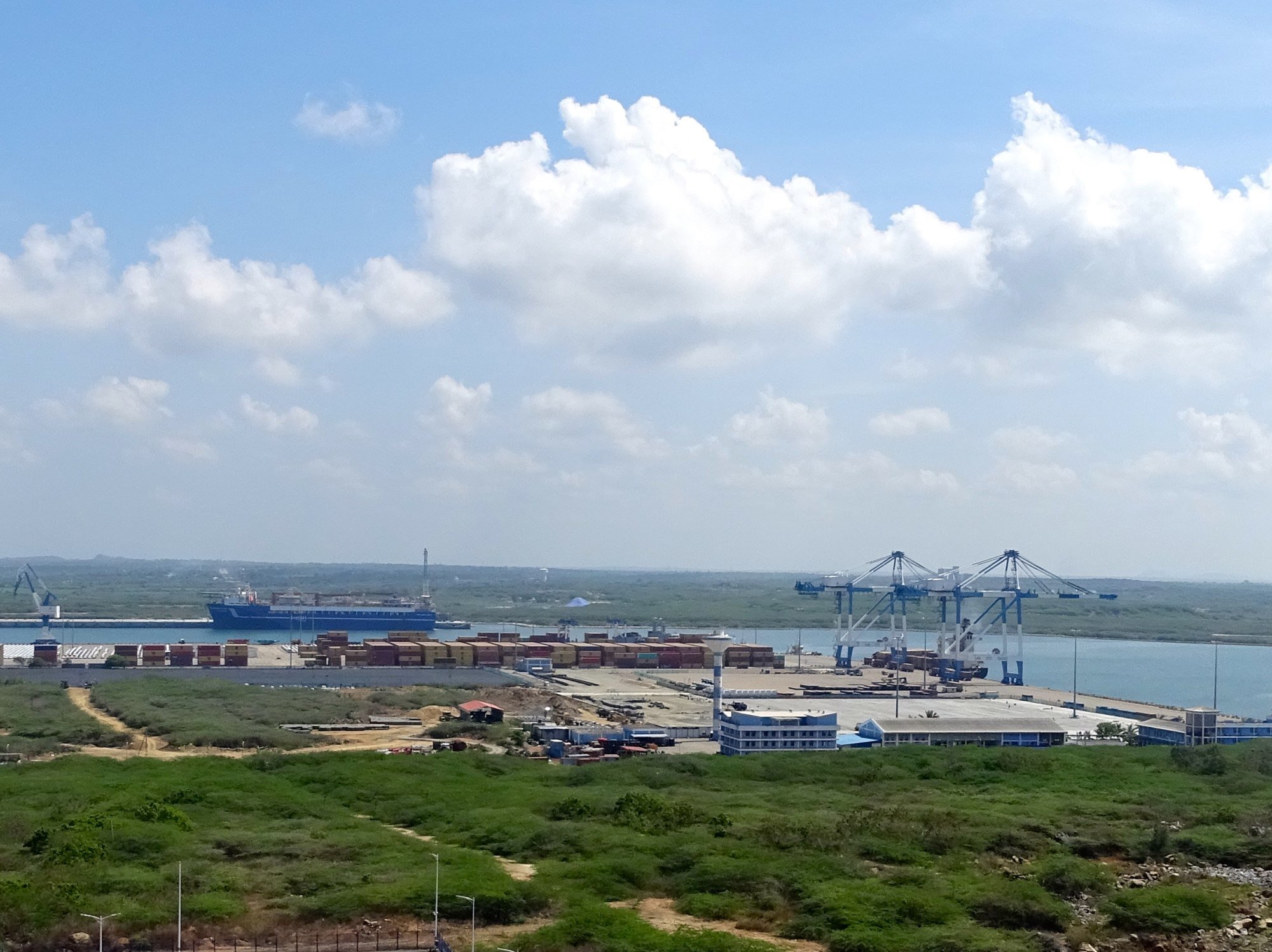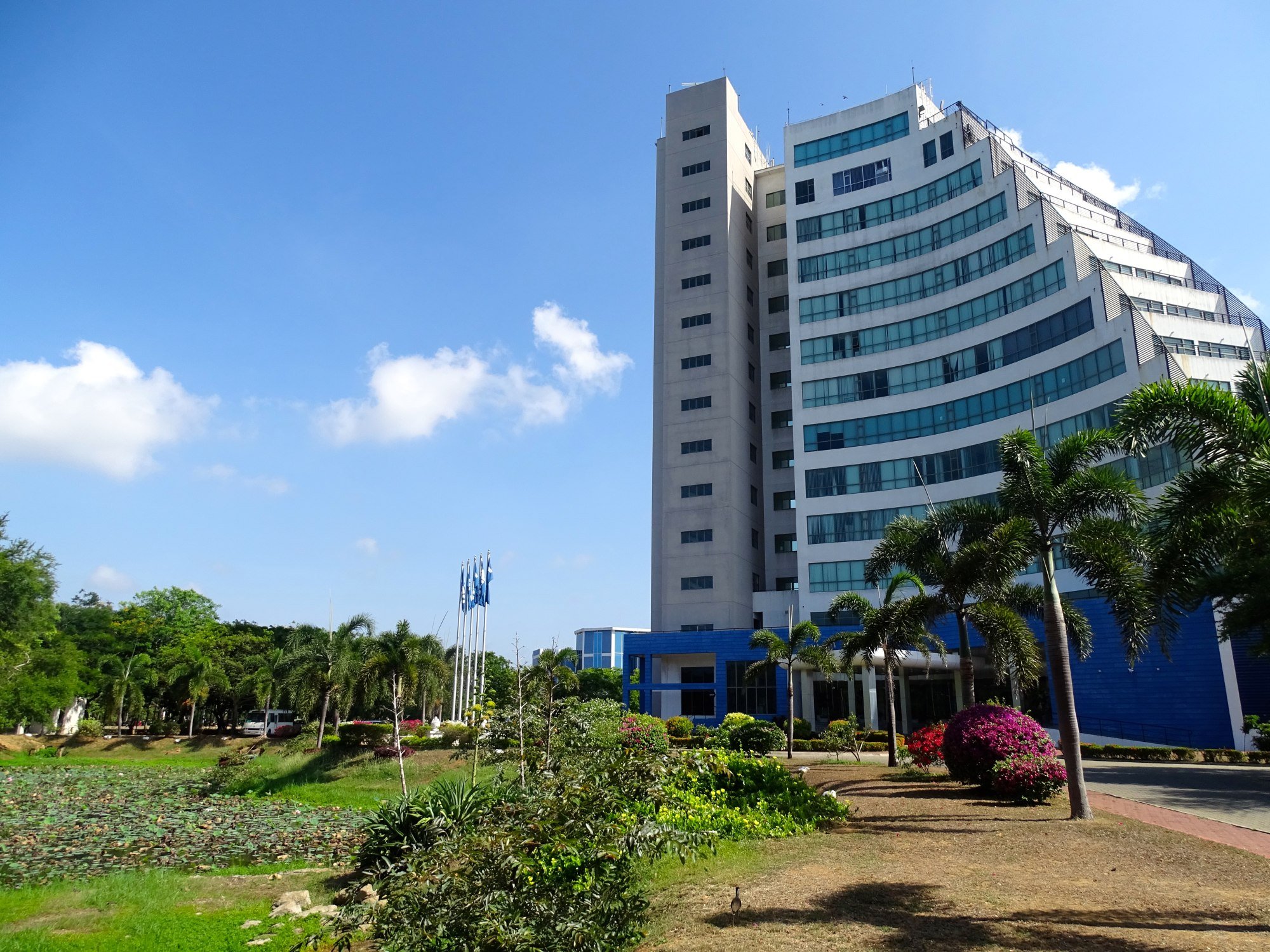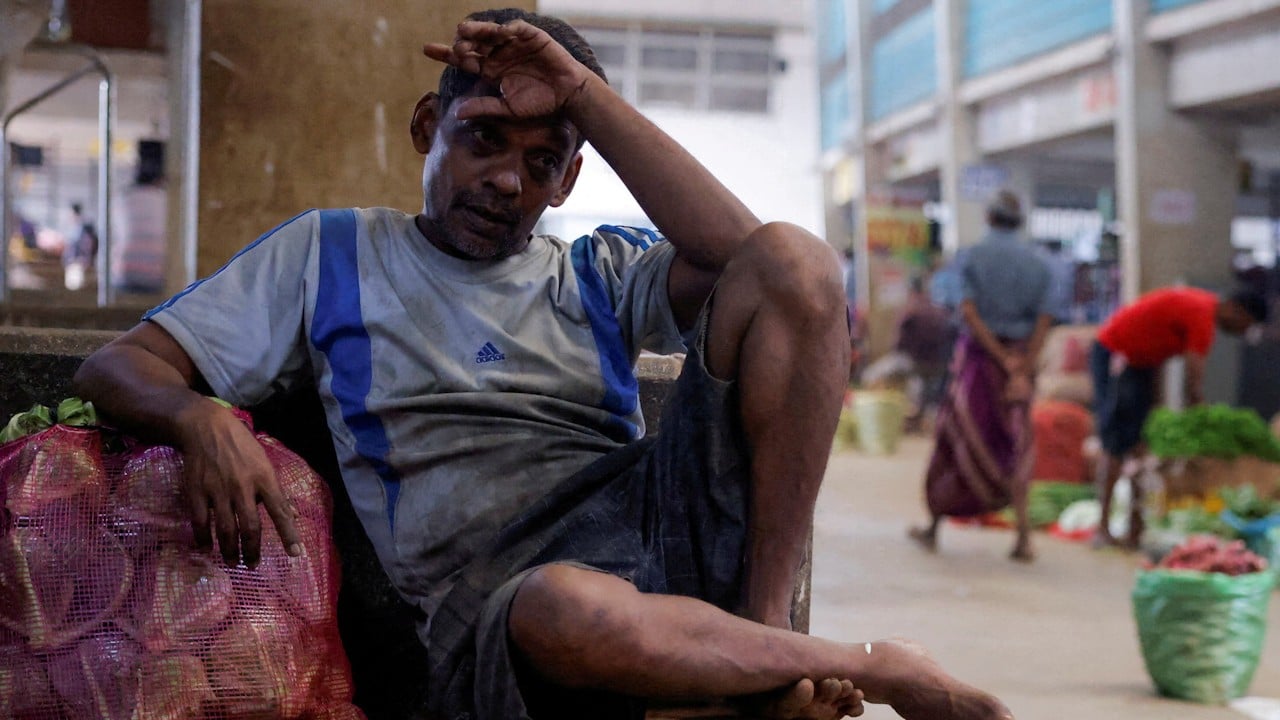
A Chinese debt trap? Sri Lanka’s Hambantota port set to debunk narrative with its success
- The port has become a thriving transshipment hub in the Indian Ocean particularly for vehicles, with a turnover of 700,000 units a month
- Hambantota is also expected to play a bigger role in supporting the bunkering and oil refining business and has the potential to be a cruise hub
Because of its strategic location, Hambantota was perceived by some Indian and American commentators as a gateway exploited by China for military purposes.
Sri Lankan supporters of Hambantota, however, say the port has become a thriving transshipment hub in the Indian Ocean.
The Western narrative, according to the supporters, conveniently ignores a key aspect of the deal between Sri Lanka and China. The transaction was not contingent on default by Sri Lanka on its external debt to China’s Exim bank; rather it was a lease arrangement for 99 years at a fee of US$1.12 billion.

The money was used to strengthen Sri Lanka’s foreign reserves as the country was facing a balance of payments crisis due to huge borrowings from the International Bond Markets (ISBs) that are mainly controlled by US-based financial agencies.
Priyanga Dunusinghe, a lecturer at the economics department at Colombo University, told This Week in Asia that the debt-trap narrative was allowed to spread because when the port was established “Sri Lanka had not created a business plan, but China had one”.
Cautioning against calling the deal an example of a debt trap, Dunusinghe noted that China had inadvertently contributed to this narrative because it loaned money “excessively” for infrastructure development to Sri Lanka “without asking for feasibility studies or economic evaluation about the projects’ profitability”.
“China ... did not display responsible behaviour when lending to smaller countries governed by corrupt politicians,” Dunusinghe said. “So in this case of Hambantota, giving the port away on the 99-year lease, Sri Lanka got something like US$1.2 billion, but not to pay off Chinese debts.”
Tissa Wickramasinghe, Sri Lankan Chief Operating Officer of Hambantota International Port Group (HIPG), told This Week in Asia the port was “on track to deliver what it was built to deliver”.
“We have diversified our business and there is a bright future for our industrial zone and the port,” he said.

HIPG is a joint venture between China Merchant Ports (CMPorts), which holds an 87 per cent stake, and the Sri Lankan government with the remaining 13 per cent. Apart from the port, the joint venture holds 302 hectares of adjoining land on a 99-year lease, which is being developed into an industrial zone.
CMPorts is a state-owned company listed on the Hong Kong stock exchange since 1992 and is one of the largest port management companies in the world with stakes in 42 ports across 25 countries including Greece, Belgium and France.
Because of its extensive port network, HIPG could expand its Sri Lankan staff strength from 300 when it took over in 2017 to more than 1,000 at present, and send staff for training overseas, Wickramasinghe said.
When HIPG took over the port, about 100,000 cars were imported into Sri Lanka per month via the terminal. Car imports are currently banned in the country yet Hambantota has become a transshipment hub with a turnover of 700,000 vehicles a month.
“It doesn’t make sense for very large ships to call at multiple ports. What the large carriers do is they contract out the feeder network to bring the cargo from those multiple ports into one location which is geographically well situated with regard to the East-West shipping lines,” said Wickramasinghe, citing Hambantota’s ideal location in the Indian Ocean.
Chinese role in debt ‘grossly exaggerated’
Palitha Kohona, Sri Lanka’s ambassador to China from 2020-23, told This Week in Asia that it was unsurprising that the two countries had forged strong ties in trade, port management and other areas.
“It was not unusual that Sri Lanka, like many other developing countries, decided to work with Chinese companies due to China’s advanced skill levels, stunning technology and cost advantages,” Kohona said.
“The Chinese role in Sri Lanka’s debt is grossly exaggerated and exploited mischievously for political advantage. But, today it is becoming a valuable maritime asset with the [Hambantota] port gaining the status of the major transshipment port for vehicles in the region”.
When Hambantota was first established, its lack of proper bunkering facilities was believed to be a major drawback in attracting ships to the port.
But the recent entry of China’s oil giant Sinopec into the petroleum retail, petroleum refining and bunkering business in Sri Lanka “will be a game-changer”, Kohona said.
In November 2023, Sri Lanka’s cabinet approved Sinopec’s development of a US$4.5 billion oil refinery flanking Hambantota. When completed, the refinery will be the largest foreign direct investment ever in Sri Lanka.

The port handled nearly 600,000 tonnes of bunkering business last year after HIPG leased its bunkering facility to Sinopec, Wickramasinghe said.
“Ships don’t necessarily have to come into the port to do bunkering. There are barges that come and take oil from here and then go and supply the ship.
“Once that refinery starts here, it will be a big boost to the operations of this port because all imported crude oil and refined products meant for export have to go through our port,” Wickramasinghe added.
Apart from being the port of call for transshipment and oil bunkering, Hambantota also has the potential to become a cruise hub. According to Wickramasinghe, “almost all cruise vessels that call out of Colombo also call here”.
So far this year, 10 cruise ships have called at Hambantota including Serenade of the Seas, one of the world’s largest cruise ships, and those sailing from India, Thailand and the Maldives.


